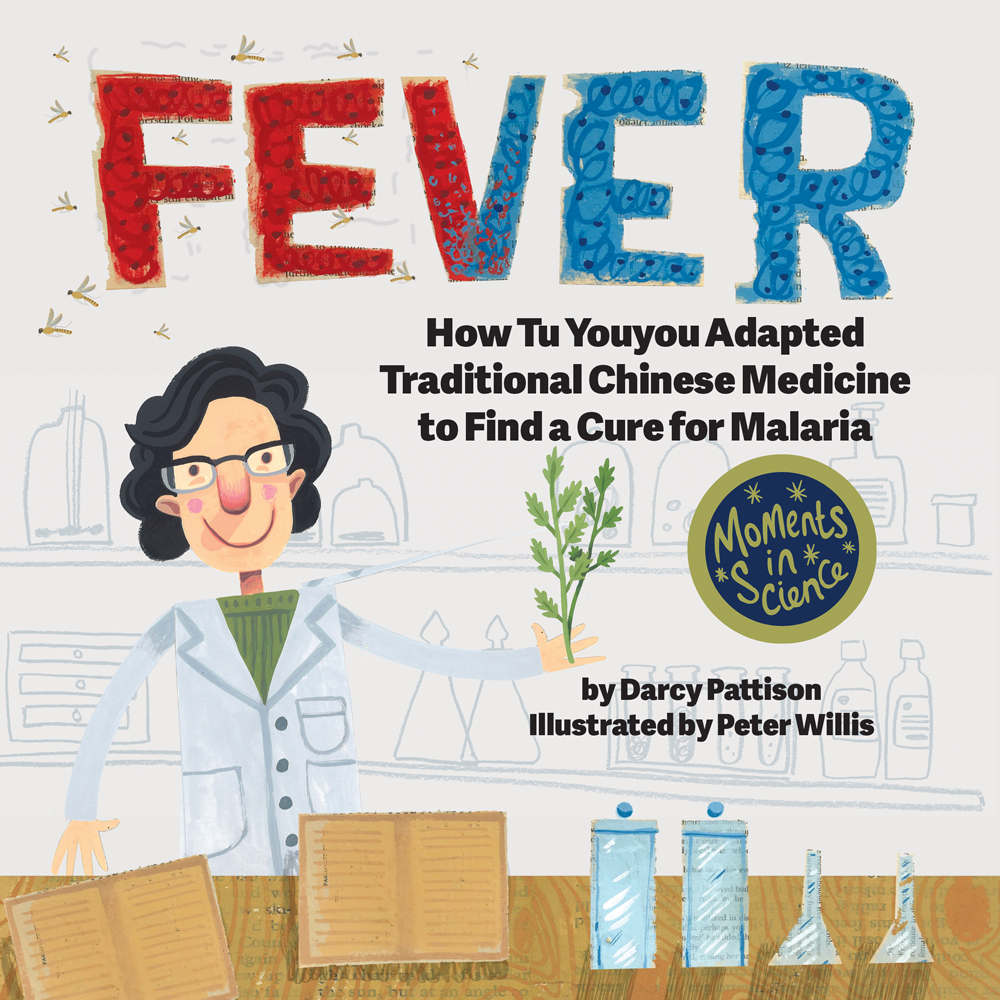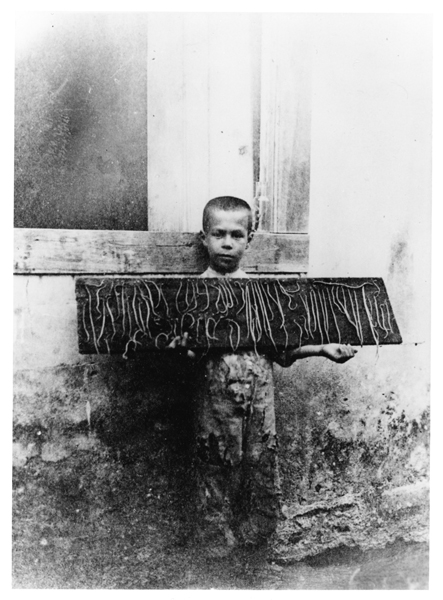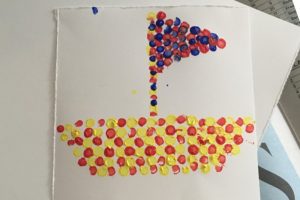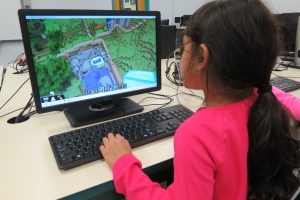
GUEST BLOGGER DARCY PATTISON
What is the Nobel Prize?
On November 27, 1895, Alfred Nobel, a Swedish man, signed his will, leaving much of his wealth to establish several international prizes. The Nobel Prize has become one of the most respected prizes, awarded to scientists, writers, and those working for world peace.
Nobel was born in Sweden, grew up in Russia, and studied chemistry and technology in France and the U.S. He was fluent in several languages, wrote poetry, and was interested in science, inventions, business, literature, and peace work.
In 2015, Tu Youyou won the Nobel Prize in Medicine and Physiology for finding the cure for malaria. Watch her acceptance speech here: NobelPrize.org YouTube Channel
Activity #1: Write an aphorism or proverb
Alfred Nobel was known for his aphorisms or proverbs, which are short sayings that said something true. Here are some of his aphorisms:
“Contentment is the only real wealth.”
“The truthful man is usually a liar.”
“Home is where I work and I work everywhere.”
Alfred Nobel
Ask students to work in groups to write their own aphorisms or proverbs.
Activity #2: Speak like a scientist
As your students read Fever: How Tu YouYou Adapted Traditional Chinese Medicine to Find a Cure for Malaria they may need definitions to understand the words scientists use. Ask students to look write down a definition of the following words based upon your readng of Fever. Then ask students to look up the definitions.
- Parasite. (An organism that lives on or in another species, known as the host, and gets its food from the host.)
- Malaria. (any of a group of diseases, usually intermittent or remittent, characterized by attacks of chills, fever, and sweating: formerly supposed to be due to swamp exhalations but now known to be caused by a parasitic protozoan, which is transferred to the human bloodstream by a mosquito of the genus Anopheles and which occupies and destroys red blood cells.)
- Extract or Extraction. (To get, pull, or draw out, usually with special effort, skill, or force.)
Activity #3: Meet a parasite
Some examples of parasites are tapeworms which live in human intestines, mistletoe that lives on tree tops, and fleas that live on cats or dogs.
This photo (circa 1927) shows a Brazilian boy holding a board of tapeworms that were removed from his intestines.
The malaria parasite is Plasmodium falciparum. It has a complicated life cycle. First, it lives in mosquitos. When an infected mosquito bites a human, the parasite then grows inside the human. When a mosquito bites an infected human, the mosquito becomes infected.
Ask students to draw a model of the parasite’s life cycle.
Activity #4: Extracting compounds from plants
Tu Youyou extracted compounds from plants to test them as a cure for malaria. After many failures, she reread the ancient Chinese texts. It said to soak the plants, but she had been boiling them. Boiling was faster, but perhaps it was destroying the chemicals they needed. She repeated every test with every plant to discover if the new extraction method worked.
You can try extracting from plants, too.
Collect plants used to extract flavors, such as mint, chives, onion, lemon, rosemary, and sage.
Look for recipes for “infused water” to find fun combinations. (NOTE: Be sure to watch for food allergies in your class as you choose materials.) For example:
- cucumber and mint
- strawberry, basil and lemon
- blueberry, lemon, rosemary
- watermelon, kiwi, and lime
- pineapple, coconut, and lime
Test #1: Cold water v. hot water
- Pitcher 1 has cold water.
- Pitcher 2 has very hot water.
- Soak the plants for one hour and then taste. Which one is stronger? What conclusions can you make?
Test #2: Does it matter if you stir the mixture?
- Pitcher 1 is never stirred.
- Pitcher 2 is stirred every 15 minutes.
- Which one is stronger? What conclusions can you make?
For older students, you may want to do more analysis of the mixtures. For example, test the pH,
Featured image credit: “Herb Infused Water” by Rex Roof is marked with CC BY 2.0.
Children’s book author and indie publisher Darcy Pattison writes award-winning fiction and non-fiction books for children. Her works have received starred PW, Kirkus, and BCCB reviews. Awards include the Irma Black Honor award, five NSTA Outstanding Science Trade Books, two Eureka! Nonfiction Honor book, two Junior Library Guild selections, two NCTE Notable Children’s Book in Language Arts, a Notable Social Studies Trade Books, and an Arkansiana Award. She’s the 2007 recipient of the Arkansas Governor’s Arts Award for Individual Artist for her work in children’s literature. Find her on the web at MimsHouseBooks.com; on Facebook; and on Twitter.











Leave a Reply
Your email is safe with me.